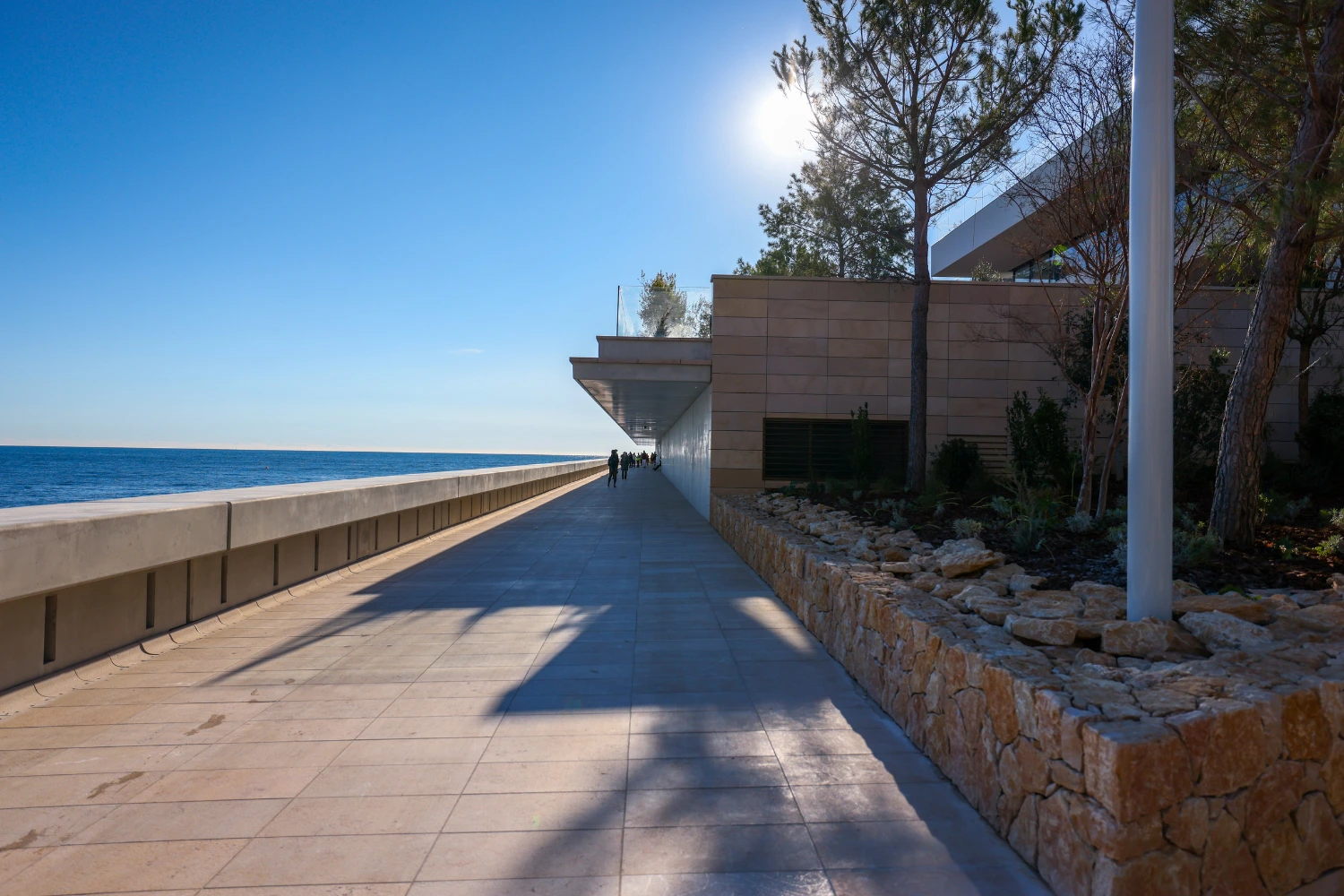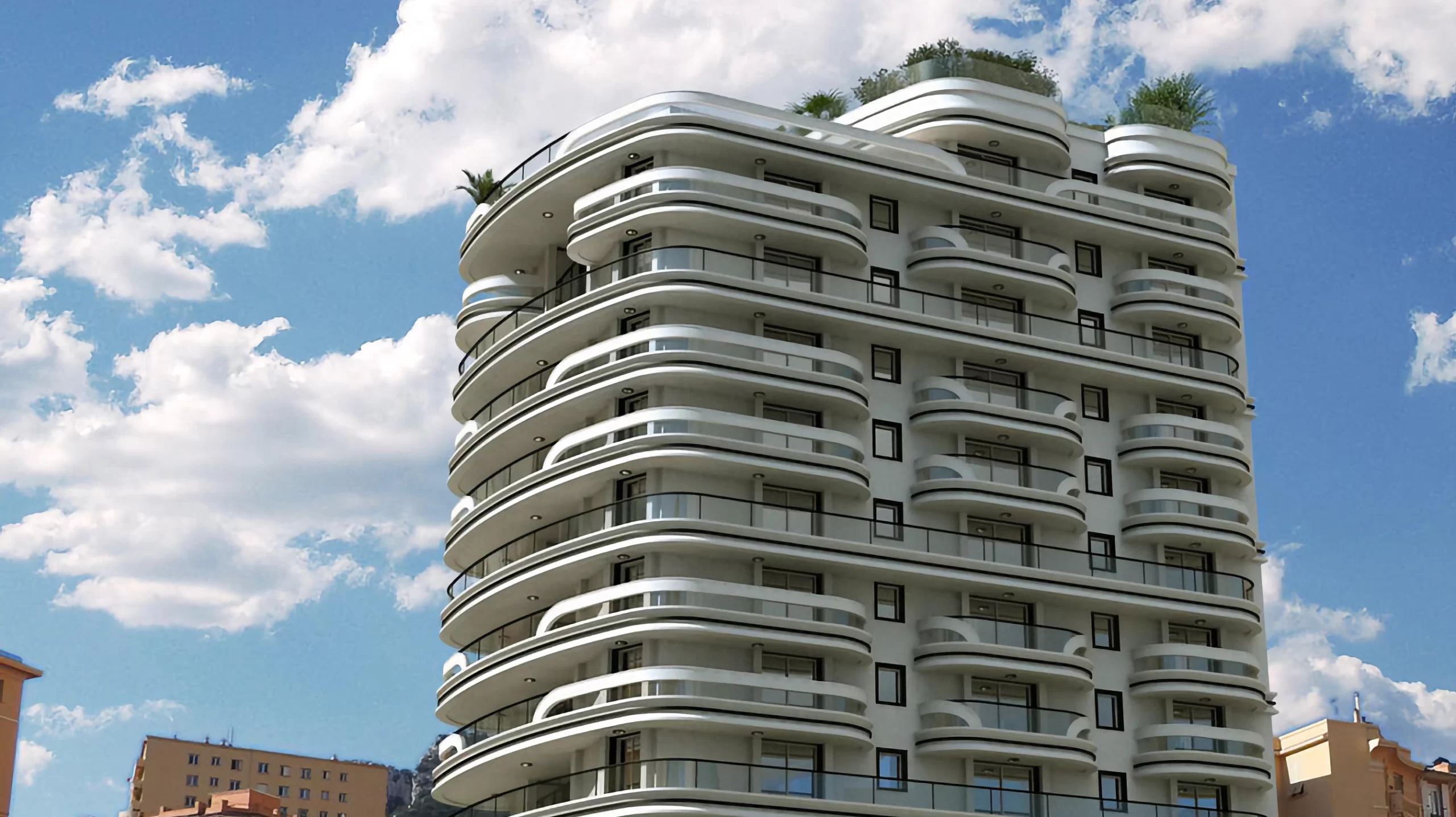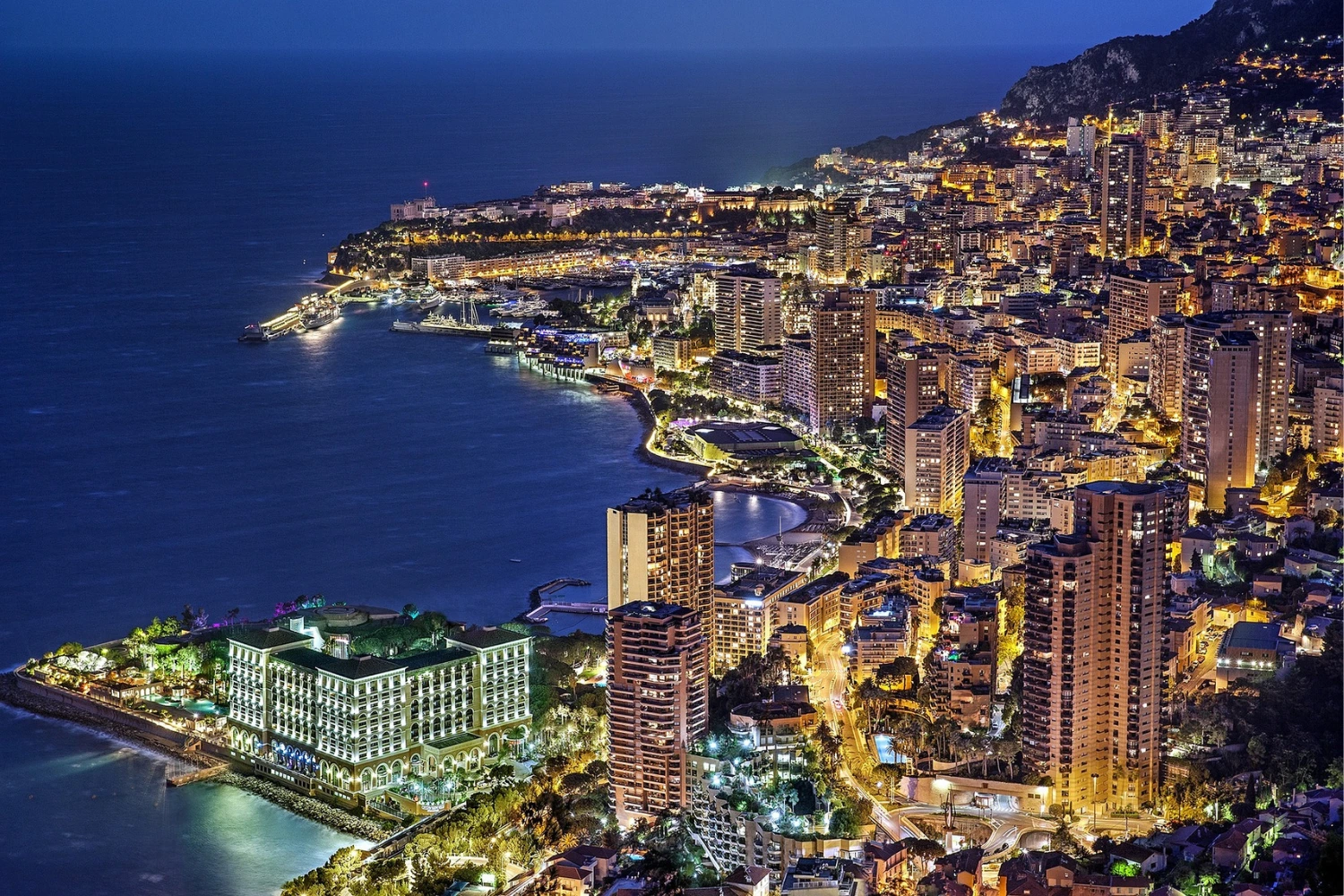
In a world faced with the challenges of rapid urbanization and climate change, biophilic architecture is emerging as an innovative solution for reconciling human needs with environmental preservation.
By integrating natural elements into built spaces, this approach aims to improve residents' quality of life while reducing the ecological footprint of cities. In Monaco, where urban density and spatial constraints are realities, biophilic architecture offers a fascinating perspective on how to create a harmonious and sustainable habitat.
Biophilic architecture is based on the central idea that natural elements, such as plants, water and landscapes, should be incorporated into the design of buildings and urban spaces. This integration creates a visual and physical link between inhabitants and their natural environment. Green walls, indoor gardens and green roofs are all ways of bringing nature to the heart of cities.
Natural light plays a crucial role in biophilic architecture. Buildings designed according to these principles incorporate bay windows, atriums and skylights that reduce dependence on artificial lighting. This improves not only energy efficiency, but also the well-being of occupants, boosting their productivity and mood.
The choice of materials is also a fundamental aspect. Biophilic architects favor natural, sustainable materials such as certified wood, bamboo or recycled ecomaterials. These materials reduce the carbon footprint of buildings while enhancing their natural aesthetics.
Green spaces, whether private or public, are a key element. They promote biodiversity, improve air quality and provide relaxation areas for residents. Be the next resident close to these green spaces, by discovering apartments for sale or rent in Monaco. In Monaco, where space is at a premium, these green spaces take the form of hanging gardens compact urban parks and tree-lined promenades.
The psychological and physiological benefits of biophilic architecture are well documented. Studies show that the presence of nature in the built environment reduces stress, improves concentration and promotes better quality sleep. In a city as densely populated as Monaco, these benefits are essential to the well-being of its inhabitants.
Mareterra is one of Monaco's most ambitious projects. Designed to be at the cutting edge of eco-design, this neighborhood built on the sea perfectly embodies the principles of biophilic architecture.
The Anse du Portier, linked to the Mareterra project, is an example of ecological and urban regeneration.
The renovation of Larvotto illustrates how public spaces can be transformed to meet the needs of residents while respecting the environment.
Green spaces act as natural filters, capturing fine particles and producing oxygen. This air purification is essential in dense urban areas like Monaco, where car traffic generates significant emissions.
Green roofs and shaded surfaces play a crucial role in reducing urban heat islands. They reduce ambient temperature by evaporating moisture and absorbing less heat than concrete or asphalt.
A regular connection with nature has proven effects on reducing anxiety and depression. Nature also stimulates creativity and helps people feel more fulfilled in their daily lives.
Biophilic architecture represents a major step towards more liveable and ecological cities. In Monaco, emblematic projects such as Mareterra, Anse du Portier and Nouveau Larvotto show that harmonious coexistence between nature and habitat is possible, even in a limited space. These inspiring initiatives enhance the Principality's attractiveness, while paving the way for a more sustainable future for its residents.
Biophilic architecture can be adapted to Monaco thanks to innovative solutions such as vertical gardens, green roofs and the integration of vegetation into building facades. These approaches maximize the use of space while providing ecological and aesthetic benefits.
Yes, by integrating green spaces and natural materials, biophilic architecture helps reduce urban heat islands and improves stormwater management. Plants used on roofs and walls absorb precipitation, limiting the risk of flooding. Moreover, vegetation plays a key role in regulating local temperatures, which is essential for coping with increasingly frequent heat waves.
The main challenges include the high cost of implementation, which can be an obstacle for some property developers, as well as regulatory constraints linked to the Principality's urban density and architectural heritage. However, with government support and incentives for sustainable construction, these challenges can be overcome in the long term, as evidenced by recent eco-responsible projects.

Investing in Monaco is not given to anyone. The minimum ticket to enter excludes a large part of classic real estate investors. Nevertheless, buying in the Principality almost always equals a good investment....

A Central and Prestigious Address Located at Pont Sainte-Dévote, in the sought-after Moneghetti district, Villa Lucia Monaco embodies the renewal of luxury residential living in the Principality. Designed...

Every year, the elite of the real estate world gather at the hôtel Métropole of Monaco, via the international fair United Property Expo. A great mass where are revealed the biggest international real estate...

This site is protected by reCAPTCHA and the Google Privacy Policy and Terms of Service apply.